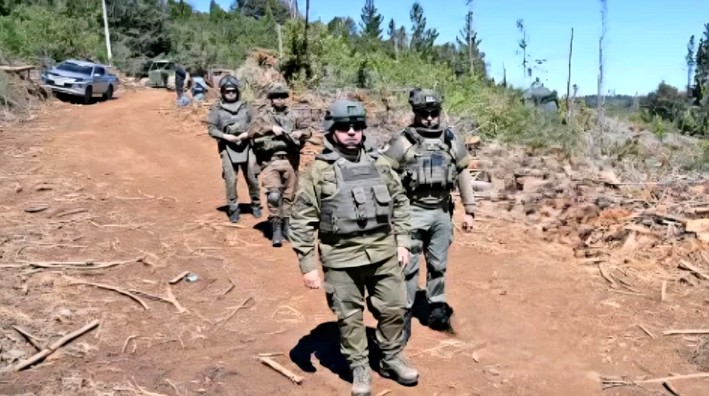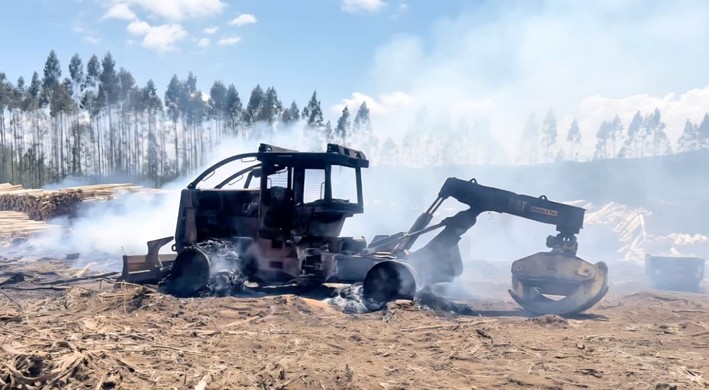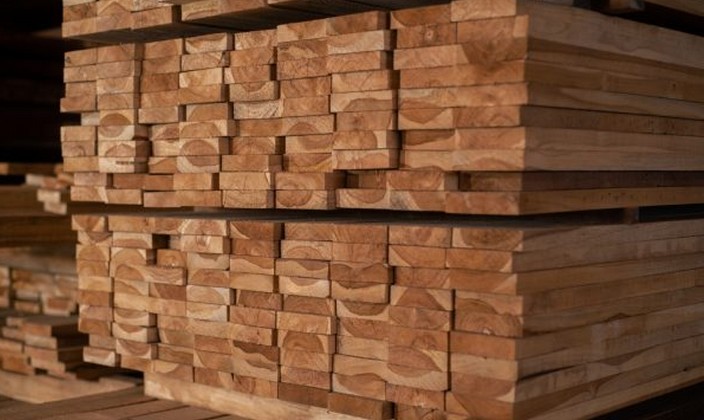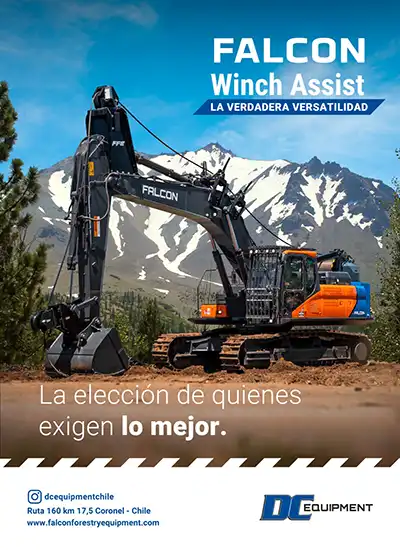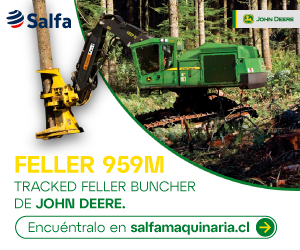Drones to the Forest, the Technological Revolution in Weed Control
Since its founding in 2002, Forestal Los Castaños has been a pioneer in weed control in the forestry sector. While they initially performed manual applications of chemical products, today their commitment to incorporating technology, such as drones and tractors, has allowed them to expand their coverage, improve yields, and tackle one of the industry's biggest challenges: the shortage of skilled labor.
Lionel Palma, the company's representative, explains that they originally worked with manual crews to control weeds, a practice they maintain to this day. However, over time, they incorporated mechanized applications with tractors, especially useful in winter for pre-planting, and more recently, the key technological leap: aerial application with drones.
"Using drones allows us to cover between 25 and 30 hectares per day with just two teams, replacing the work of about two crews of 15 people," Palma highlights, which reduces workers' exposure to potential risks of accidents or occupational illnesses. This innovation not only decreases reliance on personnel but also enables access to slopes and terrains where tractors cannot operate. Although performance drops on steeper terrain—due to higher battery consumption and the need for greater precision in reading topography—the overall impact on efficiency is undeniable.
A Decision That Wasn’t Random
The decision to incorporate drones wasn’t made randomly. According to Palma, it was a process that began in 2017, when there were no drone services yet in the forestry sector for client companies. "We conducted tests to address the shortage of skilled labor. Back then, we used T-16 drones, the smallest ones, and while they worked well, the entire effort didn’t yield results due to the high startup costs," he recalls.
It wasn’t until around 2020 that companies arrived—though experienced in agriculture, mining, or aerial photography—lacking the necessary forestry expertise. "They knew how to operate drones but weren’t familiar with the types of weeds, products, dosages, or application timing. So, the results weren’t as promising. However, we managed to establish ourselves in the field. In 2023, we began the Certification (AOC) process, finalizing discussions with Forestal Arauco Zona Chillán to start a joint effort and integrate the technology into our operations," the executive explains.
Unlike new operators, Los Castaños has a key advantage: knowledge of the terrain and forestry techniques accumulated over more than two decades. However, entering the world of drones wasn’t just about acquiring equipment; it required meeting high-standard aeronautical requirements.
"Drone applications are regulated by the General Directorate of Civil Aviation (DGAC), just like airplanes. We obtained the AOC (Air Operator Certificate) after a process that took us over a year," he details. This certification not only requires the company to have sanitary authorization but also a detailed operations manual specifying technical responsibilities, equipment, and authorized pilots.
Currently, Los Castaños has four certified pilots, "who need their own certification, independent of the company’s AOC. If a pilot or equipment changes, you must update the operations manual to continue operating legally," Palma explains.
Logistical Challenges
Using drones also involves logistical challenges, as battery life is limited on flat terrain and even shorter on slopes. Each operation requires constant battery rotation and replacement, as well as coordination of mixture loading cycles in the equipment. Despite this, efficiency remains far superior to manual methods.
For Palma, the technological bet doesn’t completely replace manual or mechanized tractor applications, but it represents a necessary step forward to face the future. "Today, we have three lines of work: manual, mechanized with tractors, and aerial with drones. This gives us flexibility to adapt to different conditions and maximize resources."
Palma asserts that they are now better prepared. "We’re not the company covering the largest area, but we have technical knowledge others lack. And that makes the difference in the market, Cerro."










